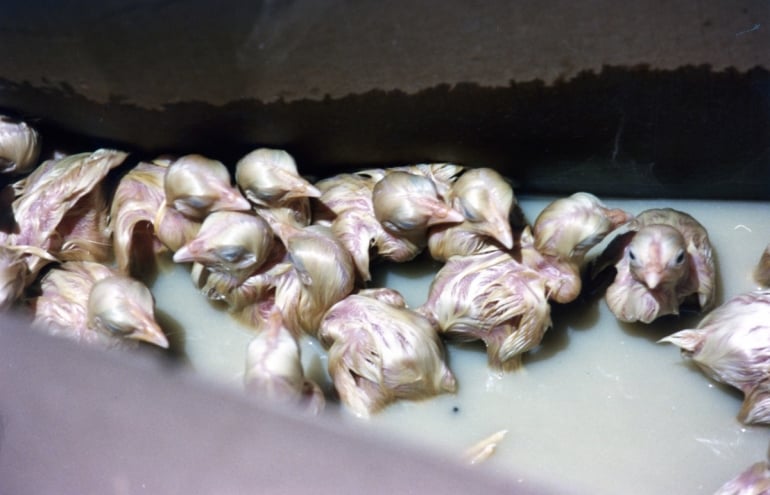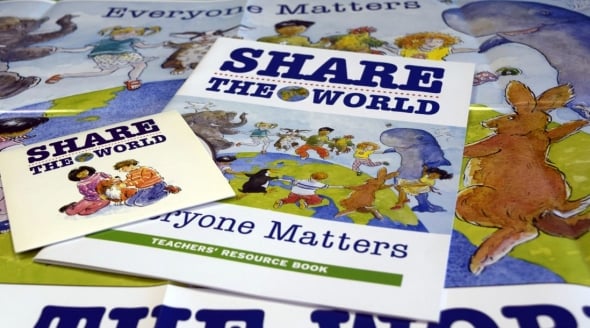Why Chick-Hatching Programmes Teach Kids All the Wrong Lessons About Animals
 It’s important for children to learn about animals. But if the way that they’re taught actively harms animals, most people would agree that something has gone very, very wrong.
It’s important for children to learn about animals. But if the way that they’re taught actively harms animals, most people would agree that something has gone very, very wrong.
That’s why PETA supporters often writes to primary schools, asking them to end chick-hatching projects. In these projects, eggs are brought into classrooms to hatch, and parents rightfully have concerns about animal welfare and possible risks to the children’s health because of bacteria such as E coli and salmonella, which are often carried by birds.
In these programmes, many of the baby birds become sick or deformed because their needs are not met during incubation and after hatching. Their organs can stick to the sides of the shells because the eggs are often not rotated properly. If the heat at the school is turned off on the weekends, the embryos can become crippled or die in the shell. Eggs often hatch on weekends when no one is in the school.
When hatching projects are over, most of the chicks, particularly the males, end up being put back into the factory-farm system and killed, disposed of at poultry markets or even fed to reptiles.
Do teachers tell their wide-eyed pupils exactly what will happen to the adorable chicks after they’ve hatched? Do they show them images like this (a photo taken at an egg factory farm where male chicks are literally thrown away with the rubbish)? We suspect not.
The lessons these kinds of projects teach children are neither educational nor compassionate, since they often cause animals to suffer and treat living beings as disposable commodities.
Dr F Barbara Orlans, former senior research fellow at Georgetown University, has said:
“Young birds need nurturing and rest. Chicks can suffer from malnutrition and dehydration in the classroom that is not even noticed. The overriding message of chick-hatching projects is that human responsibility for these birds is limited, and animals can be discarded like yesterday’s toys”.
There are many better ways to teach children about animals and how they should be treated – with respect and compassion. The next generation deserve better than these misguided and misleading lessons. And of course, the animals involved deserve better, too.





